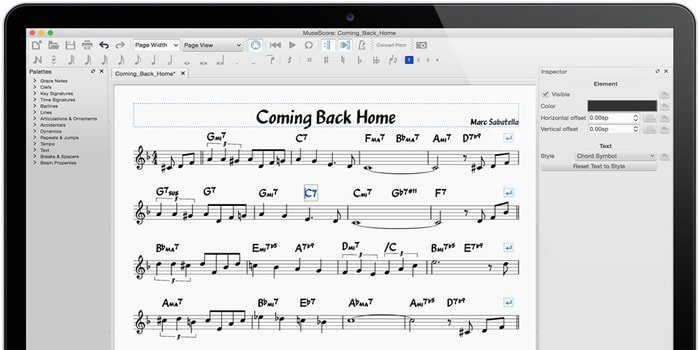

they indicate pitch change (rise or fall), and the musician has to deduce correctly, from the score and the note they are singing presently, which note comes next. The main difference is that notation symbols are differential rather than absolute, i.e. The notation developed for it is similar in principle to subsequent Western notation, in that it is ordered left to right, and separated into measures.

Byzantine Empireīyzantine music notation style in a Romanian "Book of Hymns at the Lord's Resurrection", 1823īyzantine music is vocal religious music, based on the monodic modal singing of Ancient Greece and the pre-islamic Near East. Ancient Greek notation appears to have fallen out of use around the time of the Decline of the Roman Empire. The Delphic Hymns, dated to the 2nd century BC, also use this notation, but they are not completely preserved. Three hymns by Mesomedes of Crete exist in manuscript. An example of a complete composition is the Seikilos epitaph, which has been variously dated between the 2nd century BC to the 1st century AD. The notation consists of symbols placed above text syllables. It was in use from at least the 6th century BC until approximately the 4th century AD several complete compositions and fragments of compositions using this notation survive. The music notation is the line of occasional symbols above the main, uninterrupted line of Greek lettering.Īncient Greek musical notation was capable of representing pitch and note-duration, and to a limited extent, harmony. Photograph of the original stone at Delphi containing the second of the two hymns to Apollo. Although they are fragmentary, these tablets represent the earliest notated melodies found anywhere in the world. Although the interpretation of the notation system is still controversial, it is clear that the notation indicates the names of strings on a lyre, the tuning of which is described in other tablets. The tablet represents fragmentary instructions for performing music, that the music was composed in harmonies of thirds, and that it was written using a diatonic scale. The earliest form of musical notation can be found in a cuneiform tablet that was created at Nippur, Iraq in about 2000 B.C. 6 Perspectives of musical notation in composition and musical performance.


 0 kommentar(er)
0 kommentar(er)
